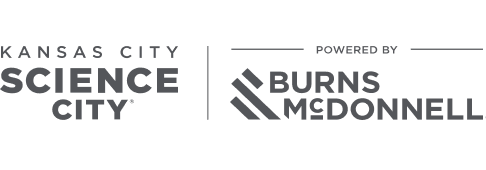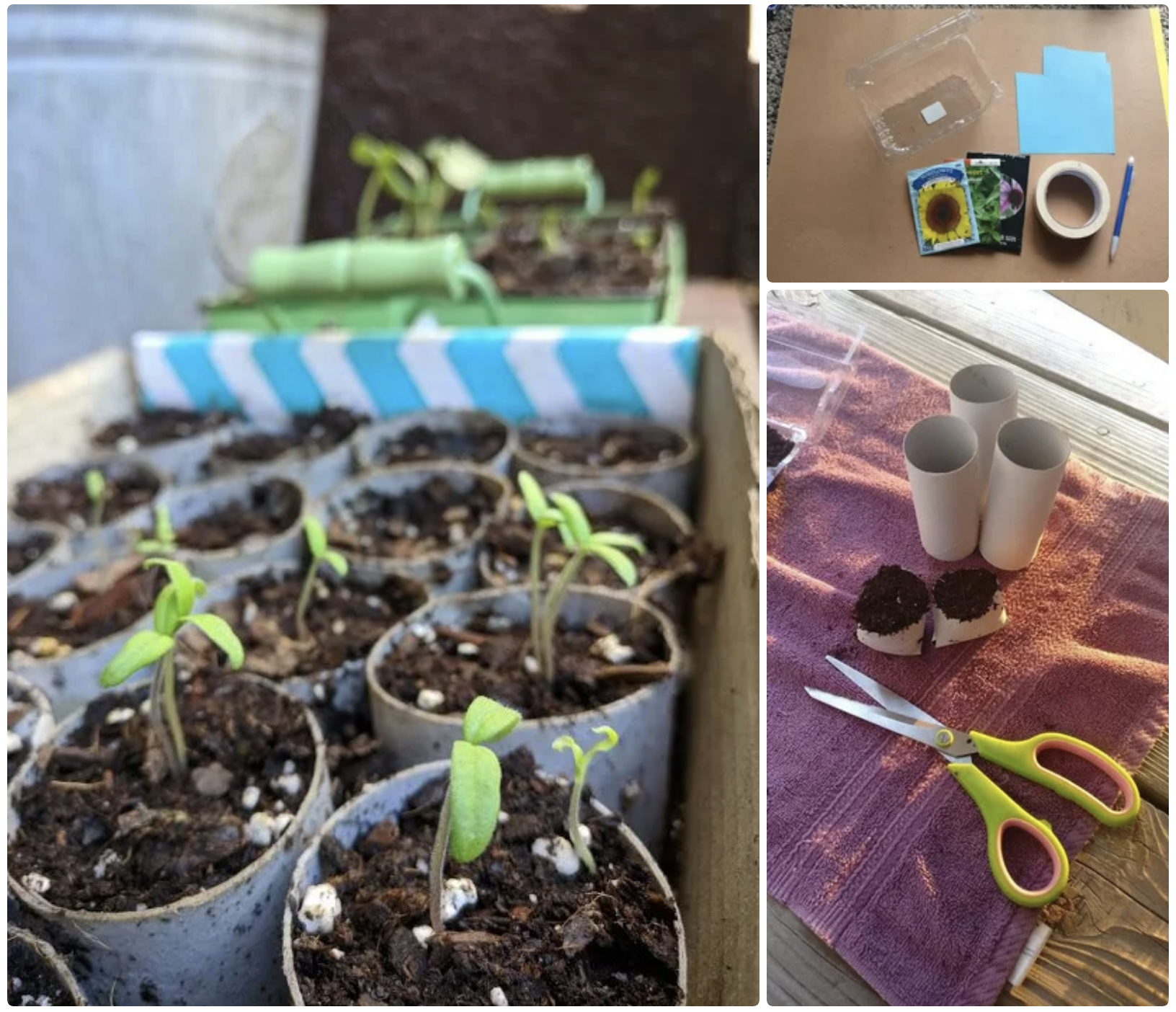Audrey Hepburn once said, “To plant a garden is to believe in tomorrow.” One of our favorite ways to celebrate Earth Day is to start a garden by planting seeds in upcycled containers! Upcycling is a type of recycling that anyone can do at home by taking things you would normally throw away and reusing them. Today, we will be taking toilet paper rolls and plastic fruit containers and using them to plant seeds!
Have you ever planted a seed and watched it grow?
Seeds are made by many species of plants and are used to help the plants reproduce or make more plants. A seed is made of three parts: a seed coat, an embryo, and endosperm. The seed coat protects the contents of the seed from drying out and senses when conditions are just right for the seed to start growing into a plant. The embryo is a little baby plant, complete with a leaf and roots. Endosperm is a special food supply stored inside the seed to keep the embryo fed until it is time for the seed to start growing.
When a seed is given the things it needs to grow, it will go through a process called germination. Germination, or sprouting, is when the embryo inside of the seed starts to emerge and grow into a plant. What do seeds need to grow? The answer to this question often depends on the type of seed, but most seeds need water, oxygen, soil and sunlight.
To learn more about plants and gardening,
visit:
– KidsGardening.org https://kidsgardening.org/
– PBS.org https://www.pbs.org/parents/thrive/gardening-with-kids-how-it-affects-your-childs-brain-body-and-soul
Supplies:
– toilet paper rolls
-a plastic fruit container or small box to hold your seed cups in
-scissors
-tape
-cardstock
-seeds
-potting soil


